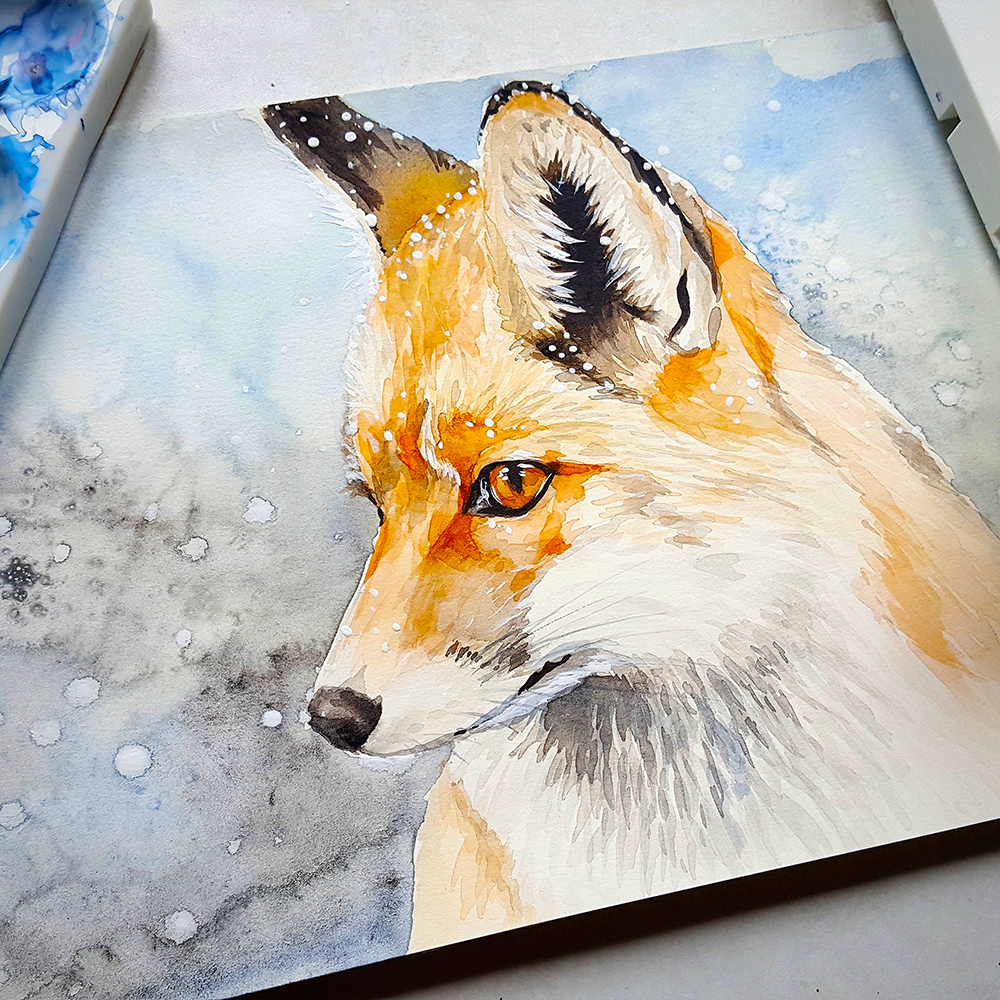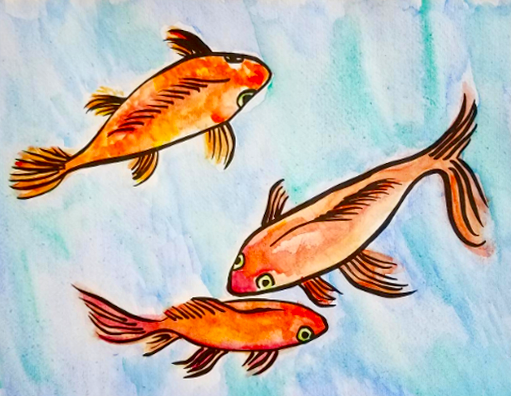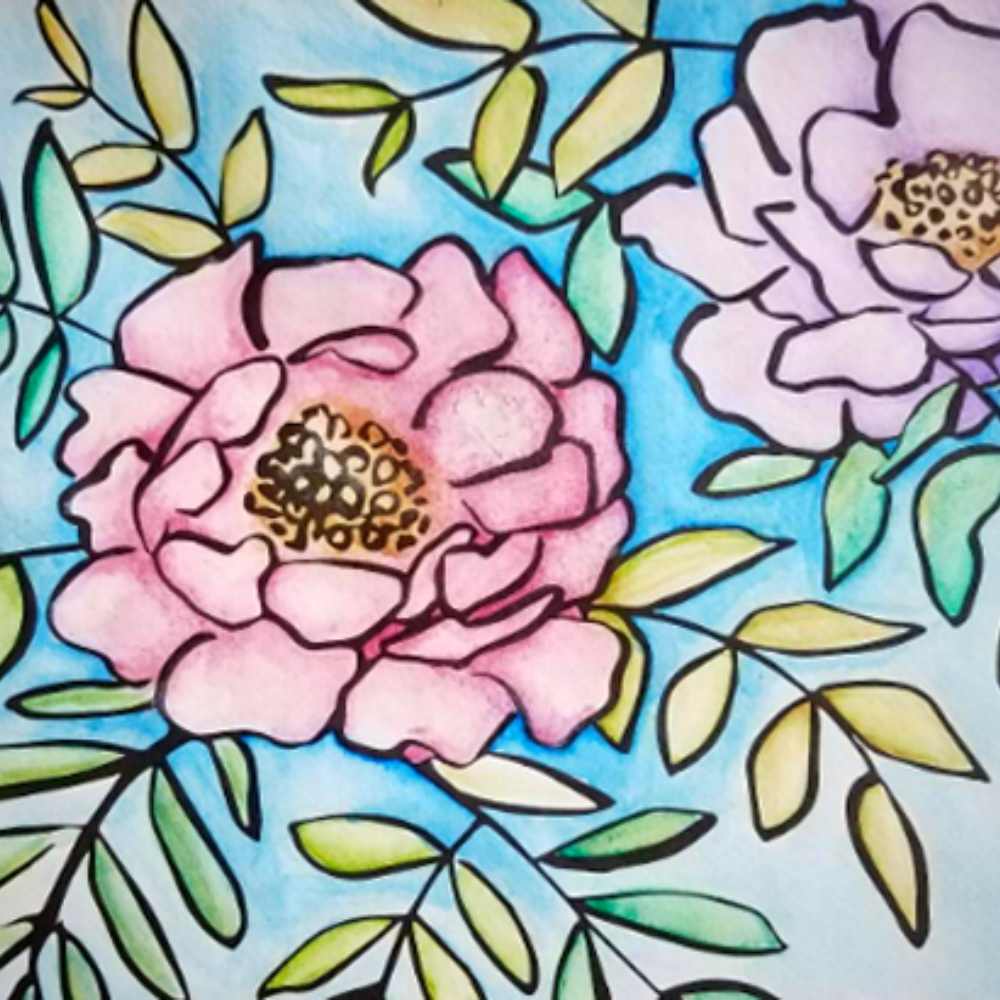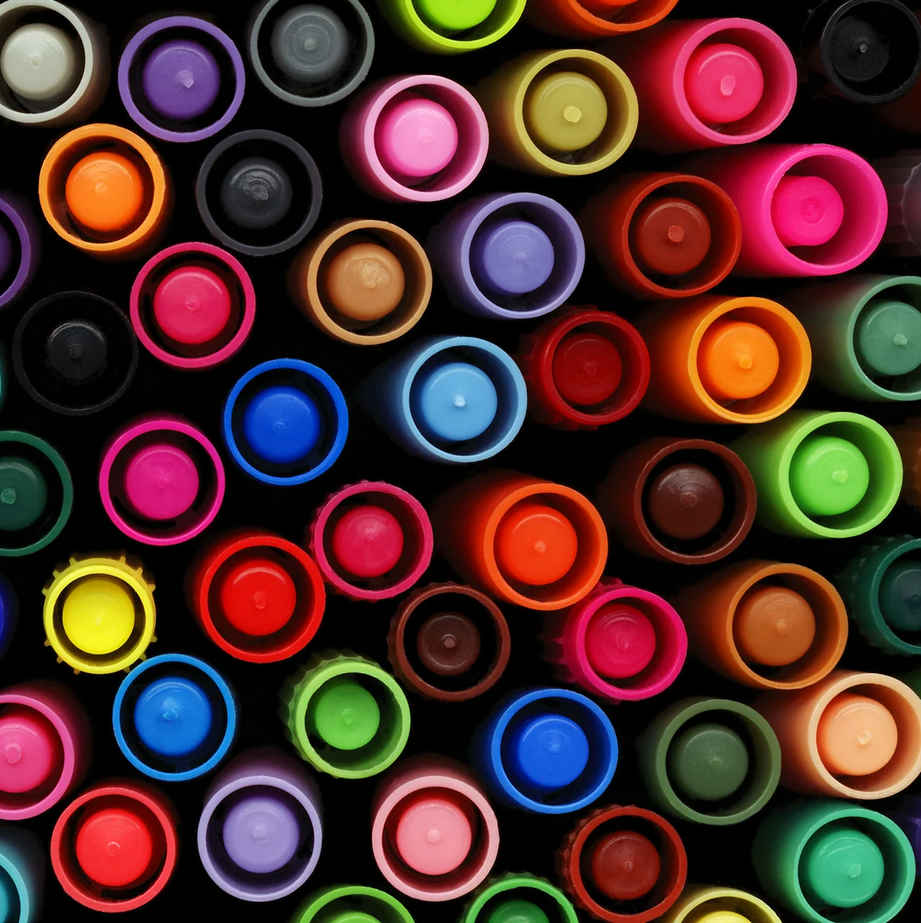Watercolor painting holds a special place in the hearts of artists and enthusiasts alike, celebrated for its ethereal beauty and the way colors blend and flow.
It is a beloved medium known for its fluidity and delicate washes of color.
Traditional watercolors require a specific set of tools and materials, but what if you're looking for a more accessible or unconventional approach?
What if the key to unlocking this artistic expression didn't lie in expensive supplies but in something as simple and familiar as Crayola markers?
The intriguing possibility of using these everyday markers to mimic the effects of watercolor paints opens up a whole new world of creativity.
This article is your ultimate guide to venturing into this innovative territory, where we'll explore how to turn your Crayola markers into an array of watercolor wonders, complete with practical tips and inspiring techniques.
Get ready to view your humble markers in a whole new light!
Key Takeaways:
- Crayola markers can be used as an alternative to traditional watercolors for painting.
- Specific techniques and materials are required to achieve watercolor effects with Crayola markers.
- This method is suitable for all ages and can be a fun experiment for both amateur and professional artists.


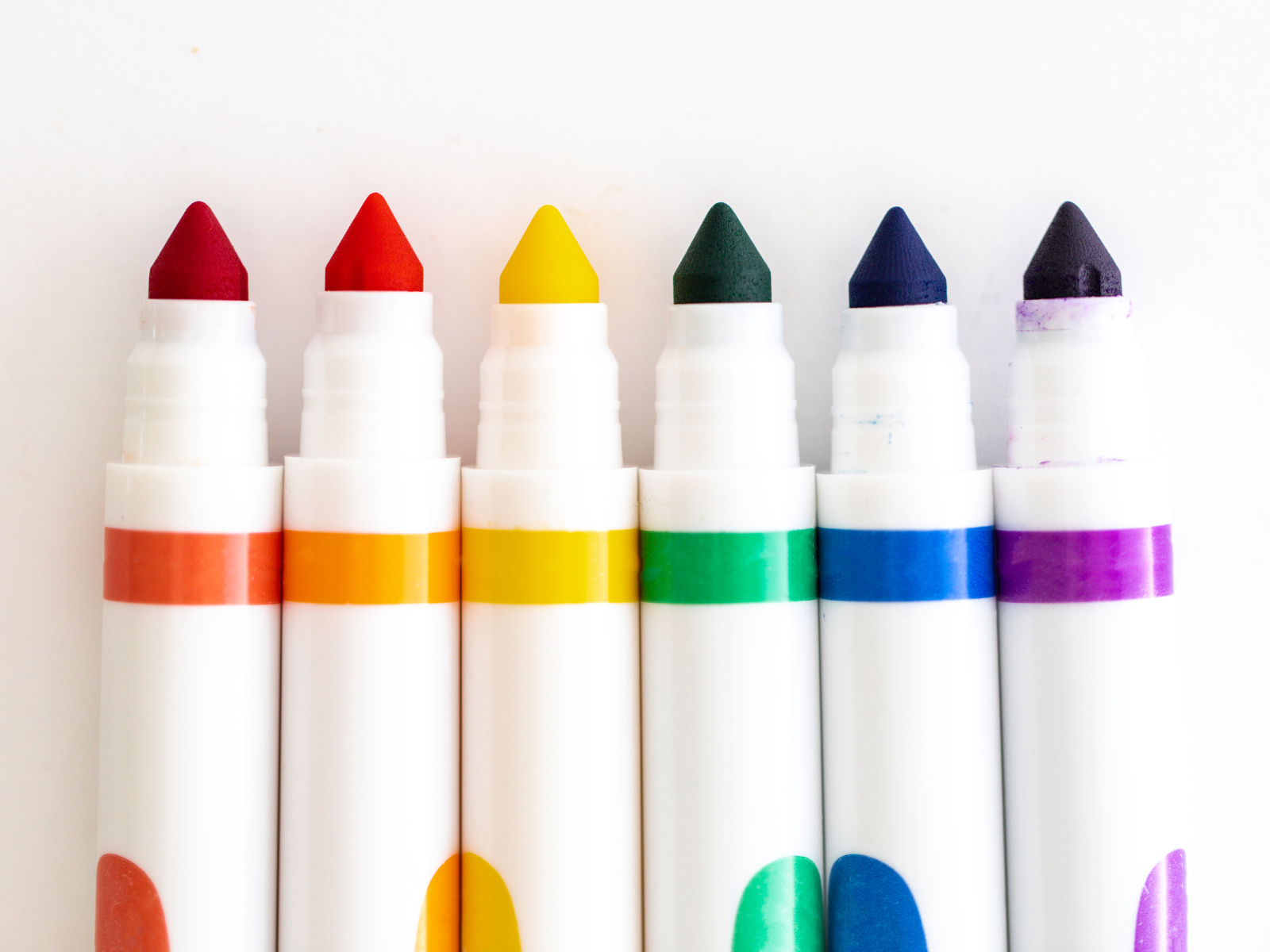
Basics of Crayola Markers as Watercolor
Crayola markers are known for their vibrant colors and ease of use, making them a staple in classrooms and homes.
When applied to watercolor paper and manipulated with a wet paintbrush or spray bottle, these washable markers can mimic the effects of watercolor paints.
This method opens up a new realm of creativity, especially for those who may not have access to traditional watercolor supplies.
Required Materials for the Transformation
To begin your watercolor journey with Crayola markers, you'll need a few key materials.
Watercolor paper is essential as it is designed to hold wet media without warping.
Mixed media paper can also be a suitable alternative.
A spray bottle filled with water or a wet paintbrush will be used to spread and blend the marker ink.
It's also helpful to have a paper towel on hand to dab and control the amount of water on your surface.
Techniques to Achieve Watercolor Effects
The technique is crucial when using Crayola markers as watercolors.
Start by applying the markers directly to the paper.
Then, using a wet paintbrush, go over the drawing to spread the ink, creating a watercolor effect.
Experiment with different levels of moisture to see how the ink reacts.
For a more controlled approach, apply the marker ink to a non-porous surface and pick it up with a wet brush before painting onto the paper.
Blending Colors Like a Pro
Blending is a key element in watercolor painting, and it's entirely possible with Crayola markers.
Layer colors while the ink is still wet to achieve smooth transitions.
Be careful not to overwork the paper, as this can cause pilling.
Allow the layers to dry a bit before adding more color to avoid muddying your painting.
Importance of Paper Choice
Choosing the right paper is critical when using markers as watercolors.
Watercolor paper is designed to absorb water and pigment without buckling.
Cardstock can also be used, but be aware that it may not handle the water as well.
Experiment with different papers to find the one that works best for your project.
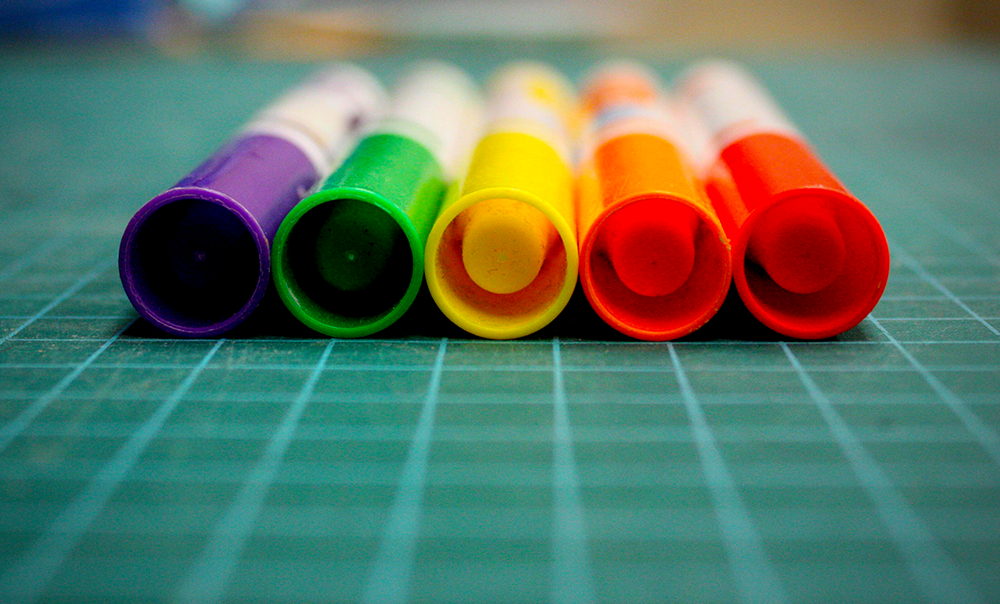
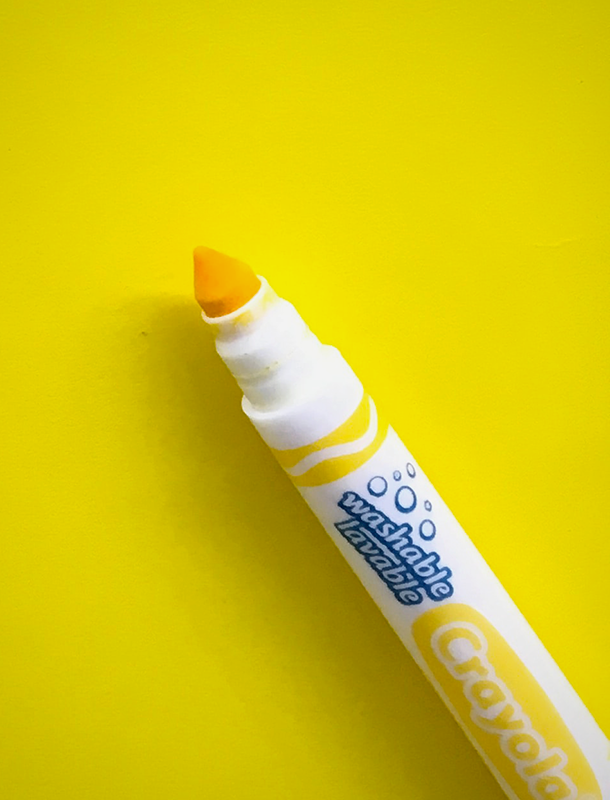
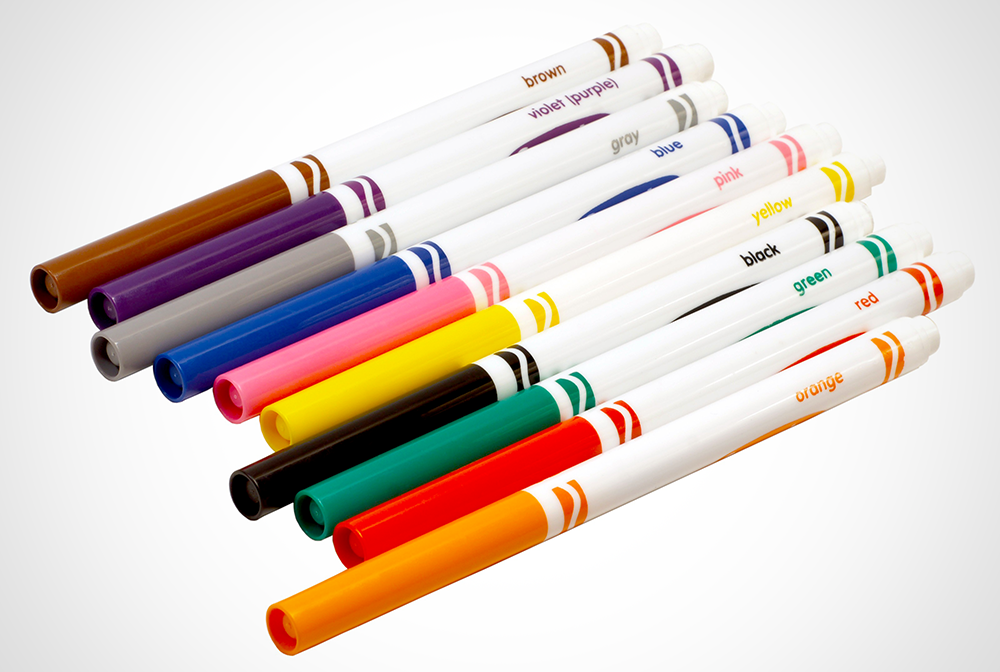
Creating Watercolor Washes
To create a watercolor wash with Crayola markers, color a section of the paper and quickly use a spray bottle to mist the area.
The water will cause the ink to spread and create a wash effect.
You can tilt the paper to guide the ink or use a brush to shape the wash.
This technique works well for backgrounds or large areas of color.
Role of Experimentation
Experimentation is at the heart of using Crayola markers for watercolor painting.
Try different application methods, such as dotting the paper with markers before adding water, to see what unique textures and patterns emerge.
Each experiment can lead to new discoveries and enhance your artistic repertoire.
Advantages for Kids and Beginners
This method of painting is particularly advantageous for kids and beginners.
It's a fun and accessible way to explore watercolor techniques without the need for specialized materials.
Plus, Crayola markers are non-toxic and washable, making them a safe option for artists of all ages.
Considerations for Professional Artists
Even professional artists can find value in using Crayola markers as watercolors.
It's a quick and convenient way to sketch out ideas or create vibrant illustrations.
The unique properties of the markers can also inspire new approaches to traditional watercolor painting.
Preserving Your Watercolor Marker Art
Once you've completed your masterpiece, it's important to preserve it properly.
Since marker ink can fade over time, consider scanning or photographing your work to save a digital copy.
If you want to display the original, use a fixative spray to protect the surface and prevent smudging.
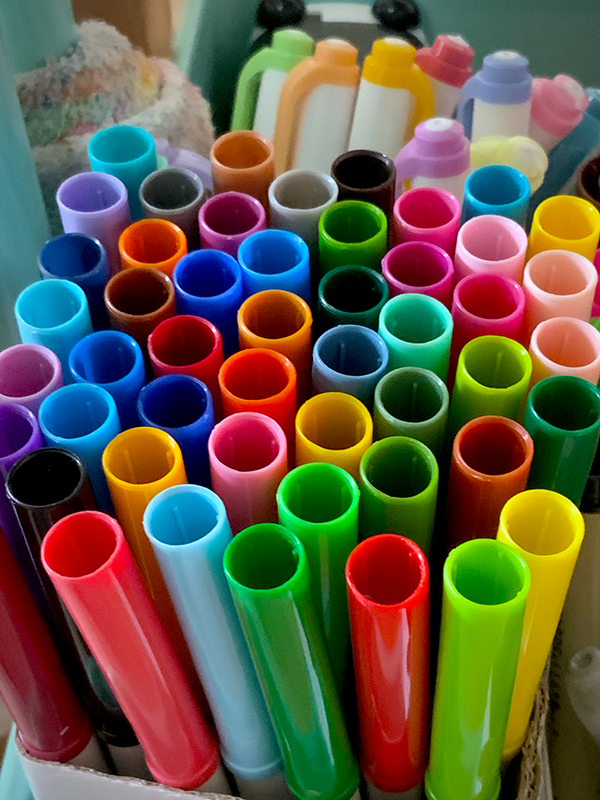
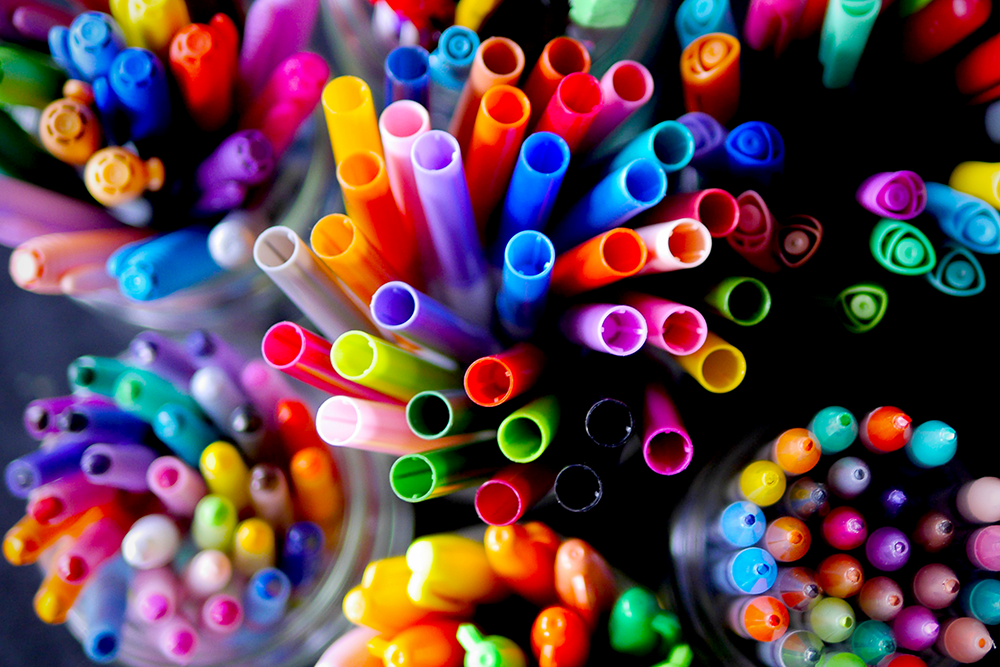
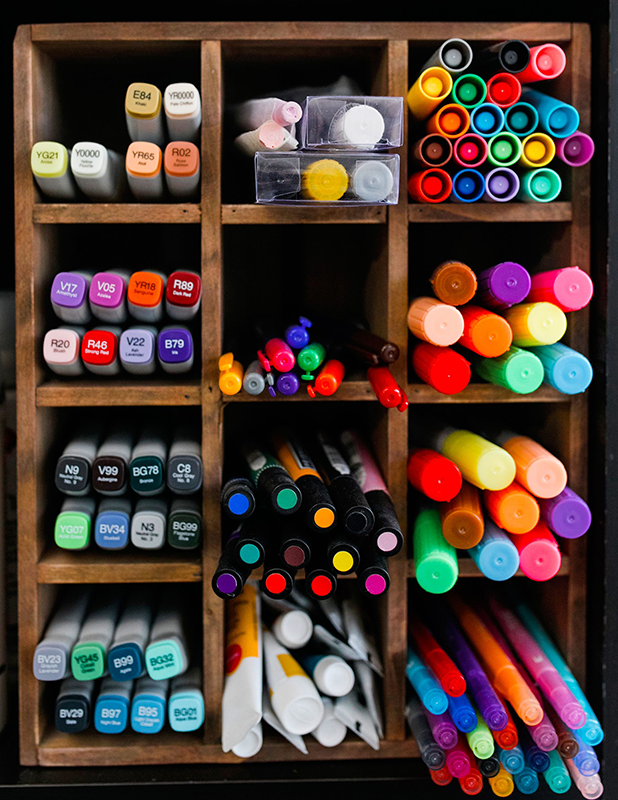
Unlock Creative Potential with Crayola Markers
The humble Crayola marker is not just a tool for coloring within the lines; it's a gateway to the expansive and mesmerizing world of watercolor art.
Crayola markers offer a versatile and innovative way to achieve watercolor effects.
By embracing the innovative techniques outlined, artists of all levels can explore the fluid beauty of watercolors without the need for expensive or specialized supplies.
This approach not only democratizes the art of watercolor painting but also encourages creativity and experimentation.
With the right techniques and materials, such as watercolor paper and a wet paintbrush, you can transform these everyday markers into a medium that rivals traditional watercolors.
Whether you're a kid, a beginner, or a professional artist, using Crayola markers as watercolor is a fun and rewarding experiment that can add a new dimension to your artistic practice.
So, grab your Crayola markers and watercolor paper, and embark on a journey of artistic discovery that promises to enrich your practice and dazzle your senses.
The world of watercolor wonders awaits!


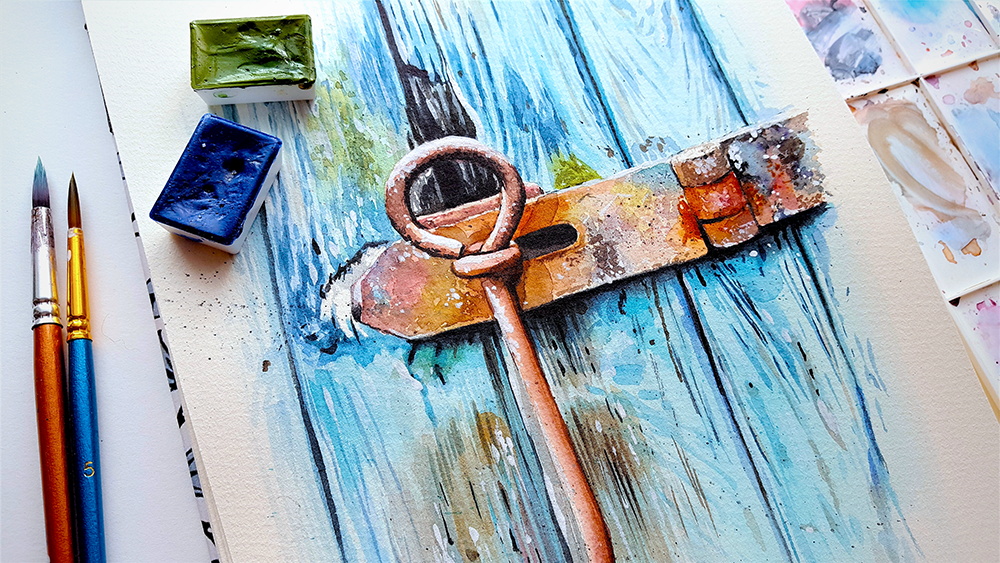
Watercolor FAQs
Dive into the vibrant world of watercolor art with a twist!
These FAQs are your go-to guide for exploring the creative possibilities that lie in the intersection of traditional watercolor techniques and the everyday magic of Crayola markers.
Whether you're a seasoned artist or a curious beginner, these insights will help you transform simple marker strokes into stunning watercolor masterpieces.
From achieving seamless blends to preserving your colorful creations, we've got all your questions covered.
Let's unlock the secrets to making your Crayola markers dance on watercolor paper, creating art that's as unique as your imagination.
Can Crayola markers be used on watercolor paper?
Yes, Crayola markers work well on watercolor paper. The paper's texture and absorbency are ideal for achieving watercolor effects with marker ink.
Are there any special techniques for blending Crayola marker ink like watercolors?
Blending can be achieved by layering colors while the ink is wet and using a wet paintbrush to spread and mix the colors. Experiment with different levels of moisture for various effects.
How can I preserve my artwork created with Crayola markers as watercolors?
To preserve your artwork, consider scanning or photographing it for a digital copy. If displaying the original, use a fixative spray to protect the ink from fading and smudging.
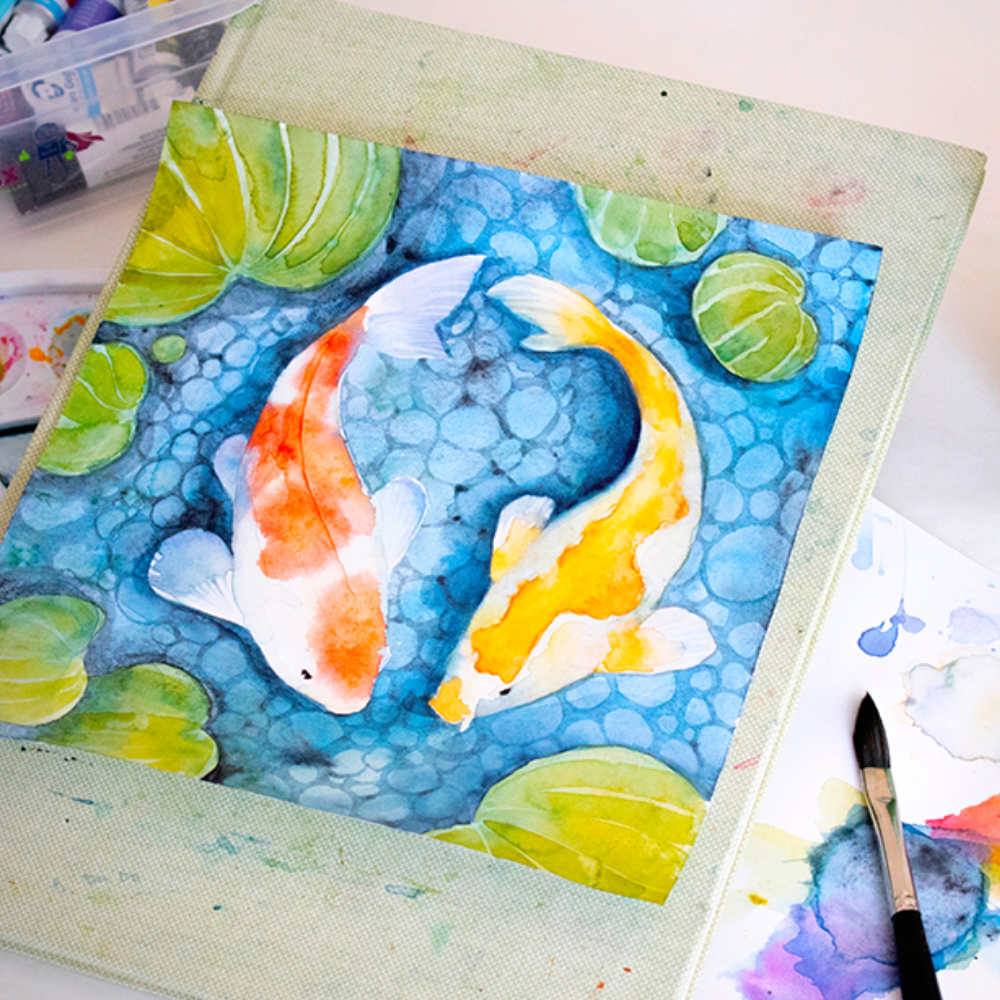
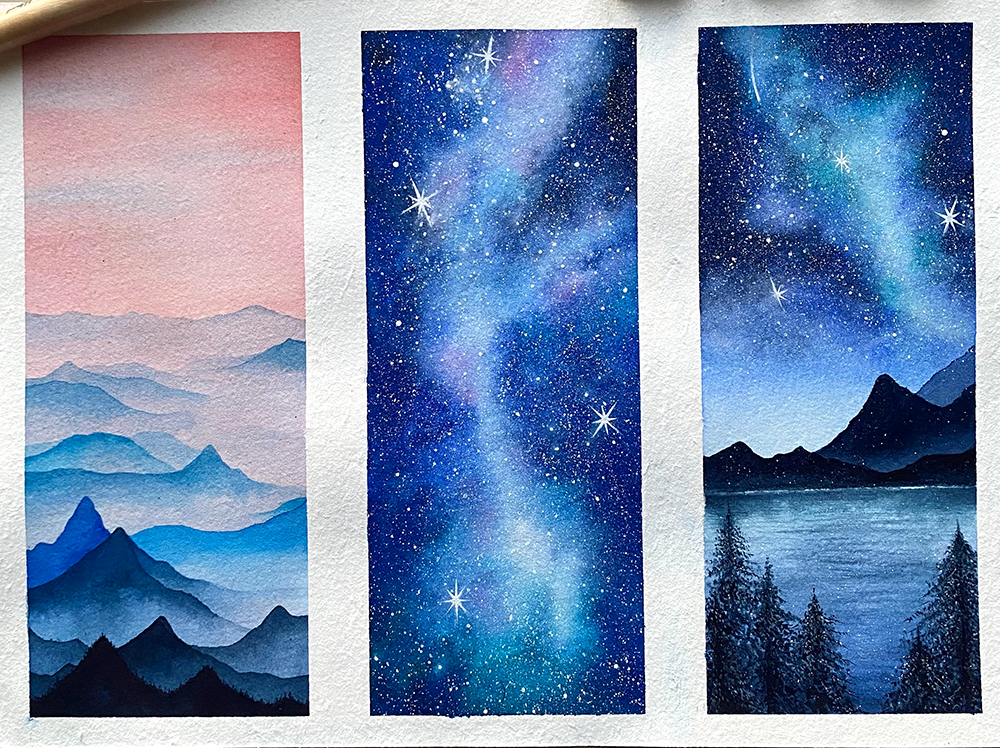
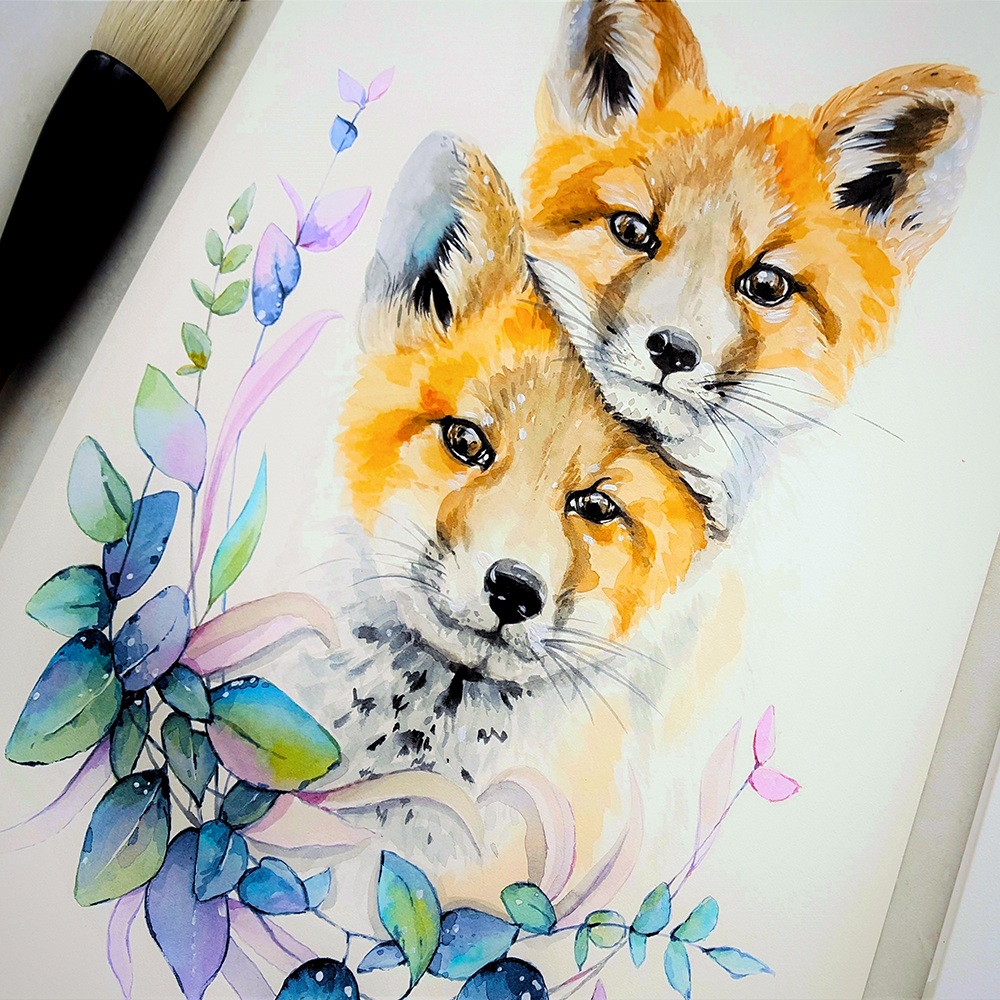
Interested in creating fun watercolor using markers? Check out Alex Fictus' video!
Want even more content about creativity and art?
Be sure to check out all of our creative chronicles!
Love coloring books and watercolor and want to find your next favorite?
Check out some of our other articles:
-Do you wet the paper before watercolor?
-Can you watercolor in coloring books?
-Are watercolor pencils good for coloring books?
